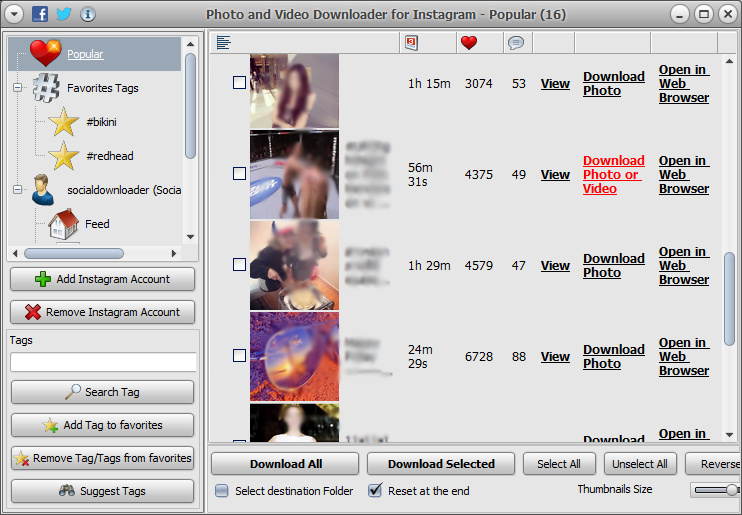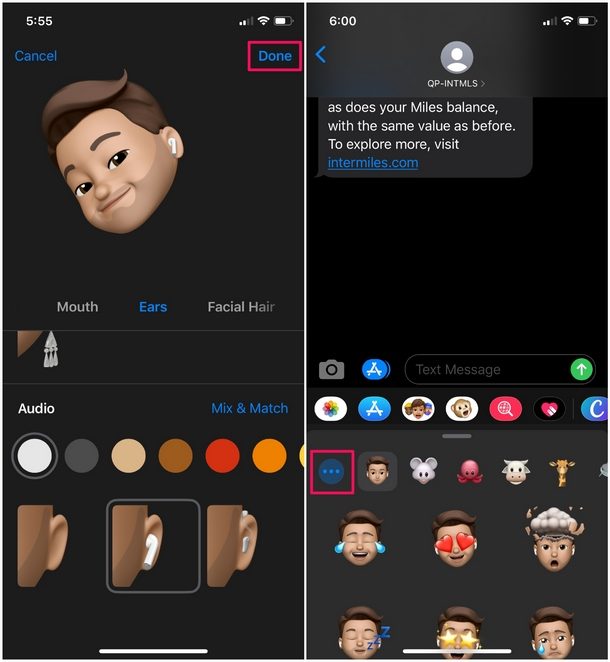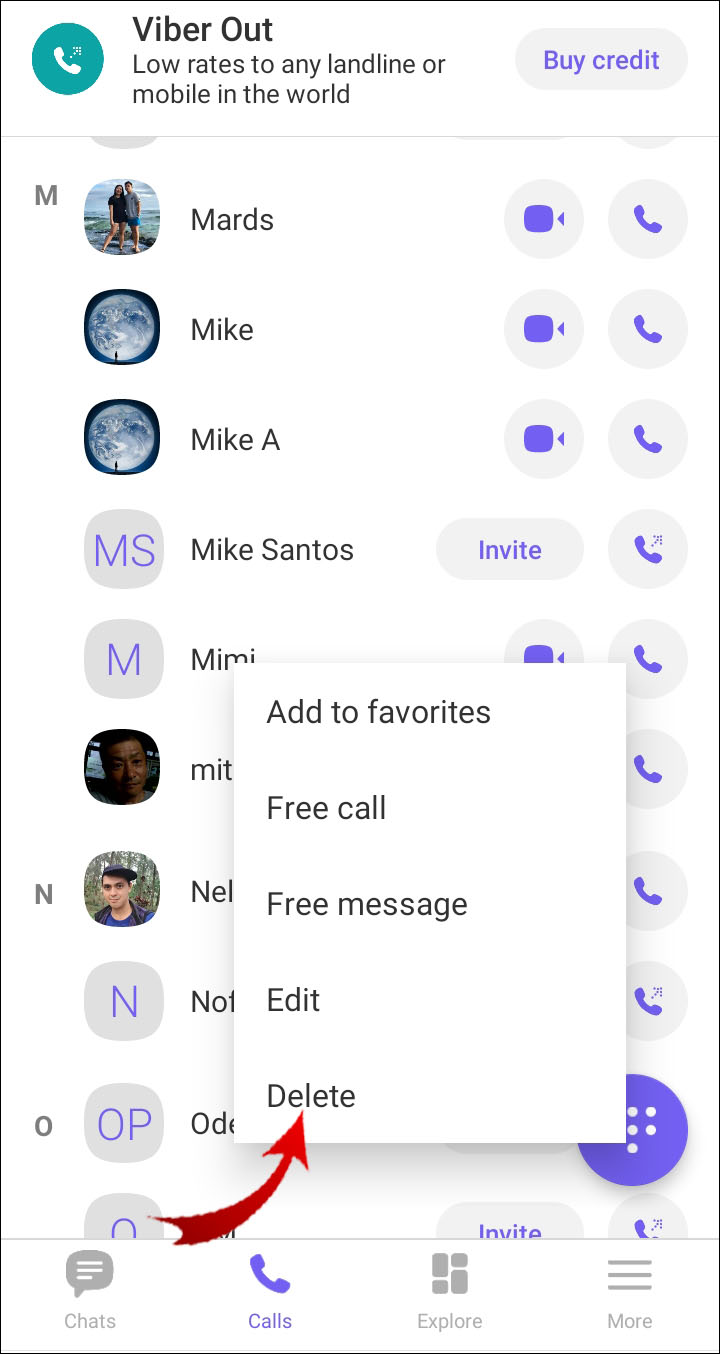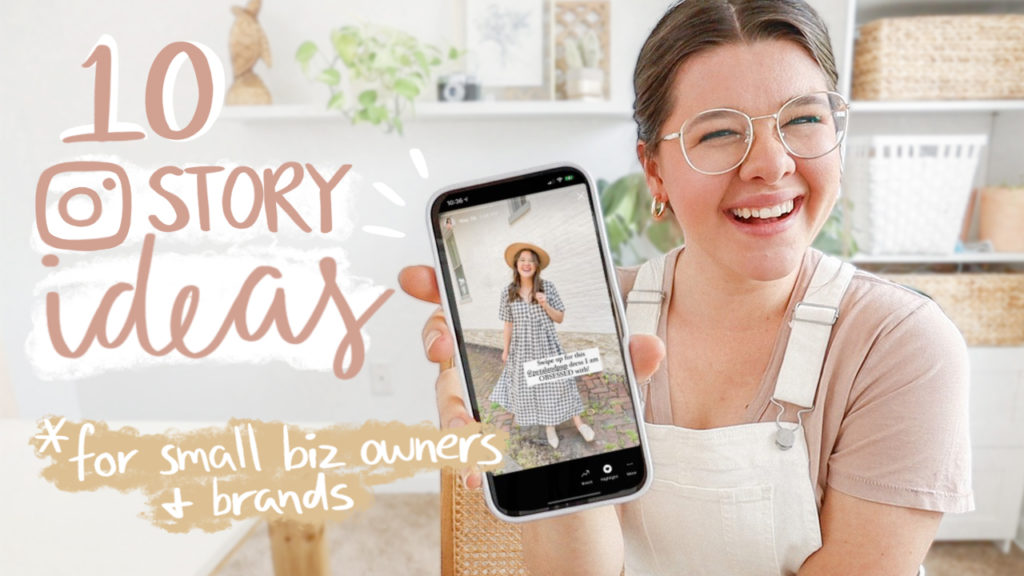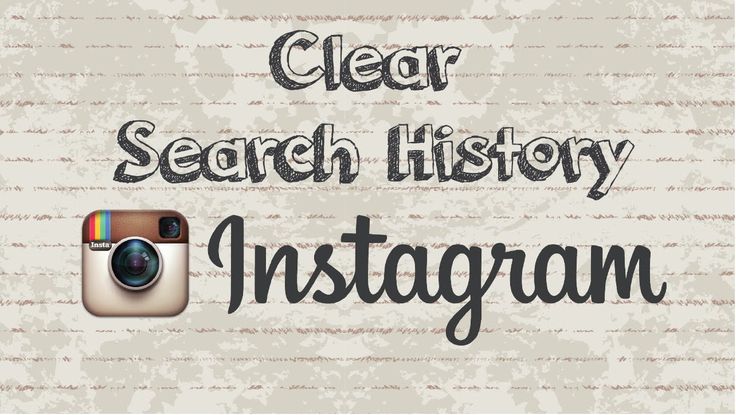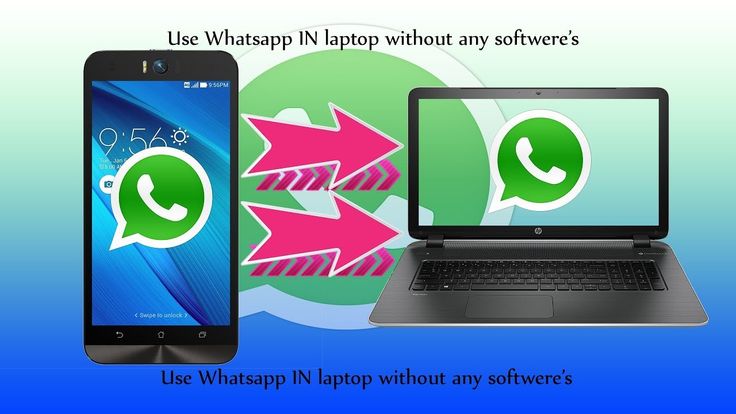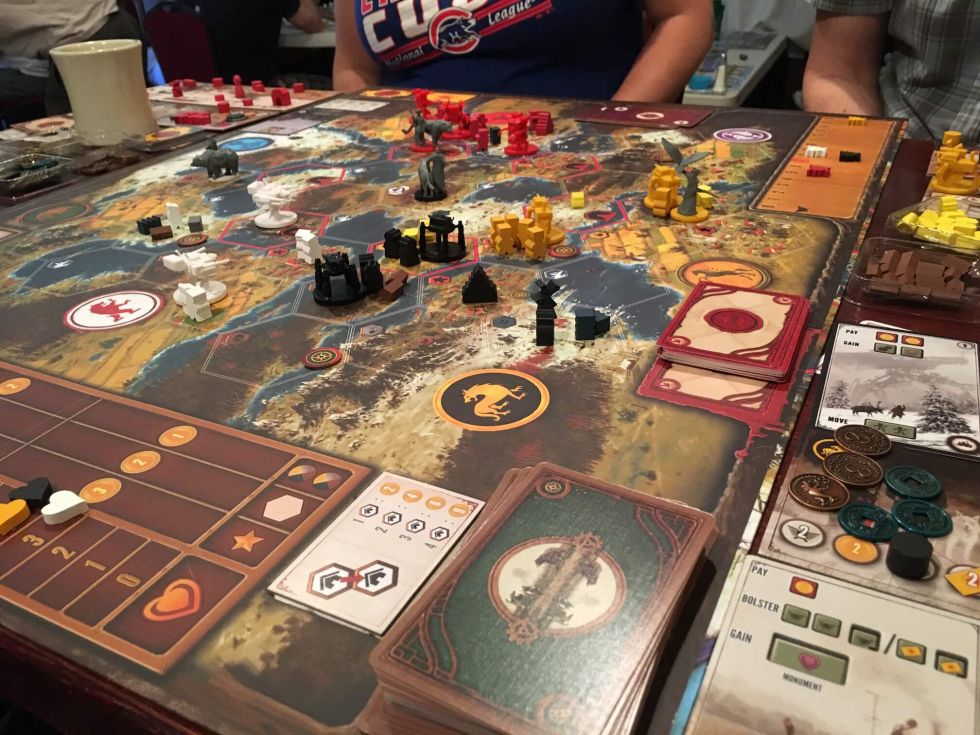How to host a webinar on whatsapp
The Webinar Blog: WhatsApp With Webinars?
« Who Do Your Webinar Emails Come From? | Main | Are You Using Personas Correctly In Your Webinars? »
WhatsApp With Webinars?
I hardly ever use WhatsApp. That tells you two things about me…
- I’m an old man
- I live in America
But even with these limitations in perspective, I know that the mobile messaging platform is incredibly popular worldwide. Heck, even in the USA it has over 75 million users – primarily 45 years of age and younger. And it’s far and away the most popular messaging app across Mexico, Central and South America, India, Russia, Africa, and Southeast Asia.
Why bring this up within the context of a blog about webinars?
My last post mentioned the problem of getting your webinar-related emails seen amid the clutter of overloaded inboxes these days. And yesterday I read an article by Dave Michels on the No Jitter website about adjacent services that improve the value of meeting platforms. These put me in mind of an interesting utility I recently looked into.
Webinar Booster is a specialized community builder designed to use the WhatsApp infrastructure to increase communications between webinar hosts and their target audiences.
The concept is centered on the idea of a WhatsApp channel associated with your webinar. Webinar Booster creates a short URL that lets people join the channel with their WhatsApp userID (they can also create a display alias if they don’t want to expose their actual WhatsApp name). You might include the join link in the confirmation email that shows up when they register for your webinar, or you might include it in initial promotions and landing pages.
Once they join the channel via Webinar Booster, they can type in questions, comments, and requests through their normal WhatsApp interface. Messages are seen only by the host’s account. The host can then decide which messages to share with the group at large, along with their own replies.
I spoke with Tomer Saar, the CEO and Founder of Texuto, the company that created Webinar Booster. He told me that the app has been in general availability for about one year and has had its greatest initial adoption in India and Europe. It is not designed to replace in-session chat inside a webinar platform, but has the greatest utility before and after the live event.
Webinar Booster may be best used to help stimulate interest and boost attendance by encouraging active participation in the days leading up to a webinar. The host can request topics of interest or questions that people would like to see the presenters address in the webinar. As people see questions asked by others, they can chime in as well. Since the chat is moderated by the host, you don’t risk a free-for-all open discussion with people promoting themselves or sidetracking the conversation. Users never see contact information for each other, so they feel safe in contributing to the conversation. And the host can use it as a broadcast channel to send out reminders and incentives for attendance.
After the webinar, the host can use the channel to collect additional questions related to the topic and to provide answers to everyone without having to create and share documents or email chains.
Tomer said that Webinar Booster can extend the sales nurturing pipeline after initial contact in a webinar while letting registrants maintain a sense of connection and interaction with the hosting company. I rather like having an alternative to email for keeping the communication channel alive with your targeted audiences, especially if you are working with demographics that already use and trust WhatsApp.
I’ll be interested to track Webinar Booster’s popularity and usage. What do you think about the idea?
Posted on August 10, 2022 at 11:38 AM in News, Usage, Vendors | Permalink
| |
How to host a great webinar in 6 easy steps
Webinars. Love ‘em or hate ‘em, chances are you’ve attended or presented one. Whether it’s to cut down on travel costs, or reach a truly global audience, the webinar is here to stay. But can you think of the last great webinar you attended? What made it stand out? What is the material covered, or the presenter? The graphics used, or the enthusiasm and responsiveness of fellow attendees? Either way, someone, somewhere got it right. But what about those other 99 webinars where you felt like you might as well take a nap? It’s entirely possible that the presenter fell victim to one (or more) of the common trappings of a snoozinar.
Whether it’s to cut down on travel costs, or reach a truly global audience, the webinar is here to stay. But can you think of the last great webinar you attended? What made it stand out? What is the material covered, or the presenter? The graphics used, or the enthusiasm and responsiveness of fellow attendees? Either way, someone, somewhere got it right. But what about those other 99 webinars where you felt like you might as well take a nap? It’s entirely possible that the presenter fell victim to one (or more) of the common trappings of a snoozinar.
#1 Know your audience
This should go without saying, but you’d be amazed at the number of webinars where I wonder if the presenter isn’t simply shooting darts in the dark, hoping to come up with a bullseye. You can not know what motives and inspires each and every one of your participants, but you can have a general idea and focus.
Be clear about your message. What key point(s) do you want attendees to walk away with? Moreover, what exactly do you want them to do once the webinar has concluded, i.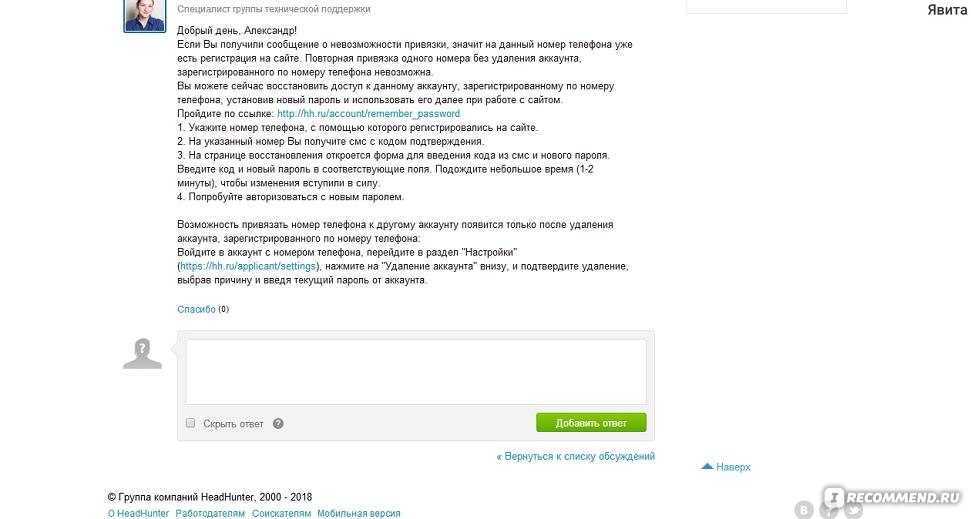 e. a Call to Action? Sure, a certain amount of tact is involved with this temperamental dance we call sales, but beating around the bush never got anyone ahead. You’re leading a presentation, be effective, be gregarious, and get to the point.
e. a Call to Action? Sure, a certain amount of tact is involved with this temperamental dance we call sales, but beating around the bush never got anyone ahead. You’re leading a presentation, be effective, be gregarious, and get to the point.
Get your tickets for TNW Valencia in March!
The heart of tech is coming to the heart of the Mediterranean
Join now
So how do you find out more about your audience? Every webinar process should begin with a sign up or registration page. This is your opportune moment to capture a plethora of data. In addition to the standard, who, what, where, when, don’t be afraid to ask participants what their business pains and problems are. How can your webinar directly address and solve one of these issues? If you identify a common theme between multiple participants, you’ve already got your answer about how to further craft your message. And remember, a webinar is no different than an in-person presentation, in respect to the fine balance between telling your attendees what they want to hear, and what you want to say.
#2 Razor dull
I’ll admit it, I’ve fallen prey to this one as well. Most people who are willing to present, either on stage or online, are communicators by definition. They have so many great things to share with you, that they want to fit “everything but the kitchen sink” into their limited time. Now while this might make for outstanding barroom stories, they make for tedious boardroom stories.
Remember, attendees of your webinar are bound by time as well. If not, they’d probably be on the next plane to hear/speak with you in person. Keep your eye on the prize, and deliver your talking points like bullet points. Conversation and discussion are encouraged (see below), but also take the time to self edit, and know when to reign a topic in. To be truly effective in your communication, you’re looking to deliver a message that will seep into attendee’s long-term memory, but delivered through short, memorable bits of short term memory blasts.
Depending on the length of your presentation, and what you hope to accomplish, you can appropriately select key talking points. If you’re presenting for 30 minutes, try starting out with 2-3 key points that you want your attendees to take away, and start fleshing out additional content to support these points.
If you’re presenting for 30 minutes, try starting out with 2-3 key points that you want your attendees to take away, and start fleshing out additional content to support these points.
And remember, as any good marketer will tell you, “Always Be Testing.” If you’re doing one webinar in the morning, and then the same webinar later that afternoon, what can you gather about the morning’s session that will help you further interact and engage with the afternoon session?
#3 It says a thousand words
Now here’s where the online and in person scenarios begin to diverge. When watching a presenter on stage, a vast majority of your time is focused on the presenter. Sure, you’re looking at the slides and information they are presenting, but you’re also watching the person.
When online, this visual is completely removed. So what’s a great presenter to do? Well, it might be the grand daddy of clichés, but in an online presentation, a picture really is worth a thousand words. What was the last infographic you checked out? Remember it well, I see? There’s a reason for this. According to John J. Medina’s Brain Rules; Vision trumps all other senses. So put the visuals to work for you!
What was the last infographic you checked out? Remember it well, I see? There’s a reason for this. According to John J. Medina’s Brain Rules; Vision trumps all other senses. So put the visuals to work for you!
When used appropriately, images evoke an emotion, and emotions can ultimately lead to decisions. Whether you get that Request for Proposal post-webinar can really come down to a single image used to fully clarify a point. Likewise, video is nothing more than a series of images presented in rapid fashion. Just because you’re “leading” a webinar, don’t be afraid to spotlight a short video (no longer that 30 seconds) during your presentation. A product example, or short use case can go a long way.
Can a simple flow chart or infographic help clarify and solve a potential client’s pain? Do your images directly, or indirectly, address these pains? Have you done an A/B series of testing of these images with someone not associated with you or your company, and see if they understand the message you’re trying to convey? Design counts. If your photoshop skills are a bit lacking, seek out a professional graphic designer, tell them the story you want to convey, and watch the visual magic happen.
If your photoshop skills are a bit lacking, seek out a professional graphic designer, tell them the story you want to convey, and watch the visual magic happen.
#4 Is this thing on?
Building upon the usage of imagery in your online presentations, there’s a lot to be said for those “other” tools your webinar software package contains. Again, in an online presentation, you as a person, have effectively been removed from the equation. So if your attendees aren’t looking at you, and you don’t have a fancy graphic splashed up on the screen, how else can you make sure that your webinar isn’t a one sided conversation?
Interaction, or course! Any webinar software package worth it’s salt will include the following:
- Polls
- Q&A
- Chat
- Surveys
- Hand up indicators
By effectively using these communication and monitoring tools, you’re killing two birds with one stone. Obviously, you want to make sure that your audience is still alive and kicking, but at the same time, by opening the floor for interaction, you’ve immediately made your presentation far more memorable. As noted above, audio and visuals are one step towards making your presentation memorable. Toss in some, “By a show of hands, how many think that ….” And “If you had to name a brand that showcases XYZ….” you’ve taken your audience from attendee to participant. And as we all know, watching big wave surfing on ESPN is one thing, catching a killer wave on the North Shore is something completely different.
As noted above, audio and visuals are one step towards making your presentation memorable. Toss in some, “By a show of hands, how many think that ….” And “If you had to name a brand that showcases XYZ….” you’ve taken your audience from attendee to participant. And as we all know, watching big wave surfing on ESPN is one thing, catching a killer wave on the North Shore is something completely different.
#5 In a silo
Hey, let’s face it; nerves can get the best of us all. If you don’t think that Steve Jobs takes a deep breath and slowly exhales just before going onstage, I’ve got a bridge I’d like to sell you. When we get nervous, a number of chemical reactions take place in the body, ultimately resulting in the classic, “My mind went blank.” One of the most common defenses against such an event, is to rely on a script or note cards. There’s absolutely nothing wrong with glancing down at a script or notes, provided that they only help to frame your discussion, not act as the presentation. Remember, it’s a presentation, not a reading.
Remember, it’s a presentation, not a reading.
Now that’s not to say that you should be approaching your webinar with an, “I just wing it,” attitude, as your audience will see this as unprepared and a waste of their time. The trick here is to keep those nerves under control, all the while presenting like this is something you’ve done everyday for the past 20 years.
Ultimately, you’re trying to convey your talking points in a clear and natural manner. If you’re simply reading a script, or showing an online slide show, you might as well cancel the webinar, record a video tour, slap it up on the YouTubes and call it a day. Attendees of your webinar aren’t looking to be spoken to, but rather, with. A golden rule: Authenticity is better than perfection.
#6 Ummmm
So ummm…have you ever seen a presenter that ummmm… likes to connect their thoughts through ummmm… Right. This is where we separate the true presenters from the hacks.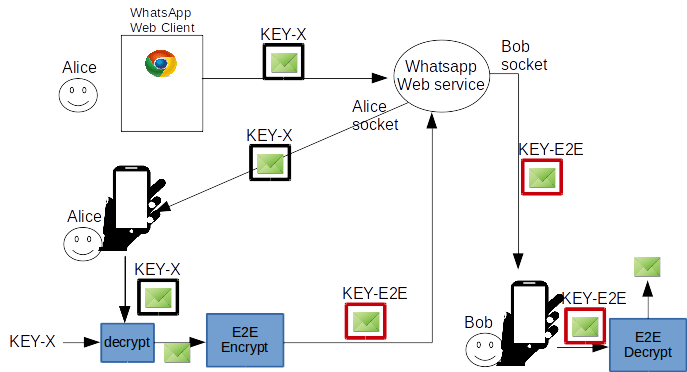 Greats like Mr. Jobs and Mr. Gates are masters at this. Live or online, you’ll never hear either one of them mention the phrase “um” anywhere during their presentations. It’s a tricky habit to break, and I myself have done this a number of times.
Greats like Mr. Jobs and Mr. Gates are masters at this. Live or online, you’ll never hear either one of them mention the phrase “um” anywhere during their presentations. It’s a tricky habit to break, and I myself have done this a number of times.
Besides the prerequisite 10,000 hours of doing a task to master it, I’ve found the quickest and easiest way to overcome this vocal stumbling block is to put the word right in front of you. Whenever I do a live recording or webinar, I consciously put a Post-it note on the top of my monitor with the word “ummm…” on it. By doing so, I’m not actively trying to not say the word, but rather, have the word right in front of me so that I’m conscious not to use it. It takes some practice, but every time you find yourself on the verge of, or actually umming your audience to boredom, take a pause instead. You’re accomplishing the same goal, but have avoided droning a tone in your attendees’ ear that after the 12th repetition, they’re going to start counting. (Admit it, you’ve done it too).
(Admit it, you’ve done it too).
Bonus Tip: It’s all in the timing
Studies have shown that your body rhythms naturally call for a recharge right around the 3pm mark. LBJ was famous for his midday “recharges”, and the concept of siesta has been around for thousands of years. So don’t just take my word for it, let history speak for itself.
Given this natural “dip” in your physical and mental stamina, do not schedule a webinar around this time. Sure, it may be 3PM in Vienna when you kick off your 9AM webinar, but you’re the presenter, and need to be on the top of your game. At the same token, avoid excessive intake of caffeinated beverages. You’re going to be naturally nervous, and an external injection of C8h20N4O2 running around in your central nervous system isn’t going to make you any calmer.
There may be no such thing as the “perfect” webinar or presentation, but that’s perfectly fine. As long as you’re constantly engaging your audience, soliciting for feedback, and applying it, and delivering authenticity over perfection, you’re sure to win your audience over.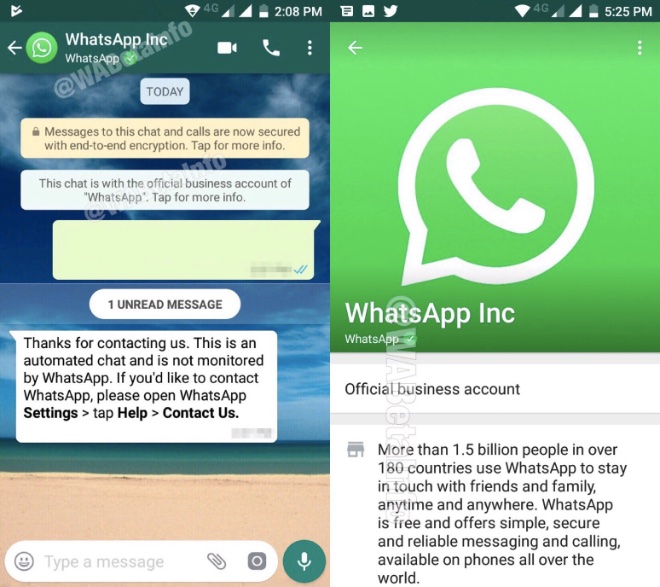
How to launch a webinar system in conjunction with WhatsApp chatbots from scratch in 2 hours using the example of a fitness club - Services on vc.ru
Quick Start Instruction
4867 views
Greetings colleagues!
I'm Victor, an internet marketer with over 10 years of experience and the founder of the IntellectDialog messenger marketing platform.
Our key client segment is fitness clubs, which have been particularly hard hit during the pandemic as were required to close by government decree. nine0004
A classic fitness club is, first of all, an offline business, with no experience of holding any online events: webinars, marathons, streams.
But what to do when offline is no longer in the business model?
Adapt or die.
I hope the guidance below will help fitness clubs adapt and survive during this challenging time.
So, let's launch the webinar system in 2 hours:
1. Register in Calendly and Zoom services
2.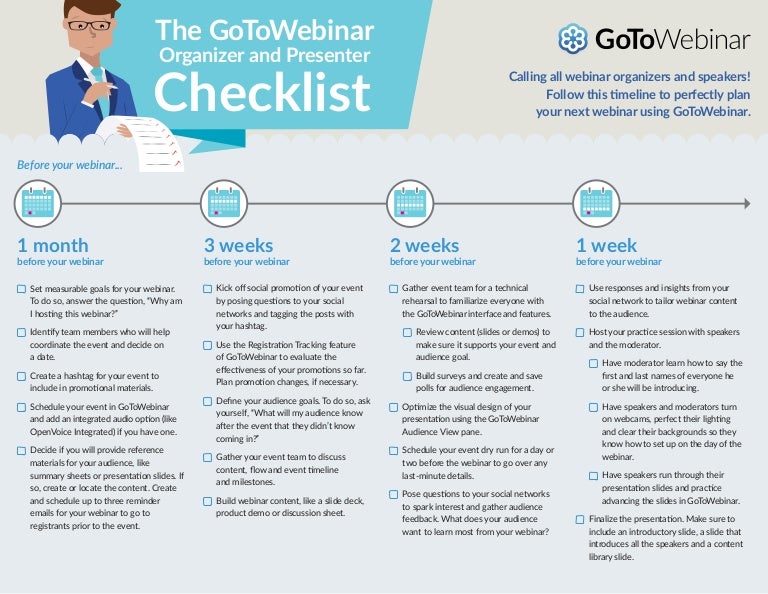 Integrate Zoom into Calendly
Integrate Zoom into Calendly
3. Create a new type of event for the first or new coach, then they can be copied.
4. For personal training choose one on one
5. Set up the parameters in point No. 1. Important: select the location Zoom.
Specify the correct link of the event, so the coach can then share his calendar.
6. Go to booking parameters settings
Specify the duration of the event
Setting up the date range for booking. How many days in advance can I book event
Specify time intervals for a specific day or several days
Go to "Advanced" settings. Pay special attention to the step settings - the frequency of time intervals: 30 min. 60 min. for booking, and how far in advance your event can be booked so you have time to prepare. nine0004
7. Go to the field settings in the capture form
Add the “Phone number” or “Phone number” field.
Check the box “Required to fill in” - using the “Phone number” field, we will identify the client and launch the WhatsApp bot
8. Configure advanced notification settings
9. If necessary, set additional parameters and exit the settings.
Now we have an additional event for our trainer:
It is available through the general link that we publish on the website and in social networks:
And also by a personal link for our trainer, which he will post on his social networks and send to all his clients:
We can also place this link on the trainer's page.
Integration with WhatsApp bots
Moving on to the integration of WhatsApp bots that will perform the following tasks:
- Inform the client about the upcoming event, send him a link and, if necessary, connect with the service manager
- Inform the employee about the upcoming training
- Upload an application to Slack or another messenger to instantly inform service employees
- If necessary, you can create a contact, deal, event and (or) task in CRM nine0072
- At the first stage, the organizer collects registrations of participants on the landing page. From the description on the landing page of the event, the user understands what the webinar means for his professional or personal development. nine0071
- After registration, the participant receives a reminder about the future webinar in the mail: often these are letters a day and an hour before the lesson.

- The last letter contains an individual link to the event - through it the user gets to a special platform - a webinar room.
- It is important on which platform the webinar takes place - it depends on whether you need to install special software on your computer or to participate in a sufficiently good Internet speed (and a working browser). nine0071
- Now webinars are more often held in cloud systems, which require only an Internet connection.
- User sees a small window in the webinar room with a video broadcast of the presenter's face, a large presentation screen and a chat where you can communicate with other participants and ask questions to the speaker. The facilitator often supports the oral presentation with a visual presentation to make it easier for the participants to absorb the information. The presentation consists of a brief informational summary on the topic, as well as images, graphs or videos - everything that is difficult to perceive by ear.
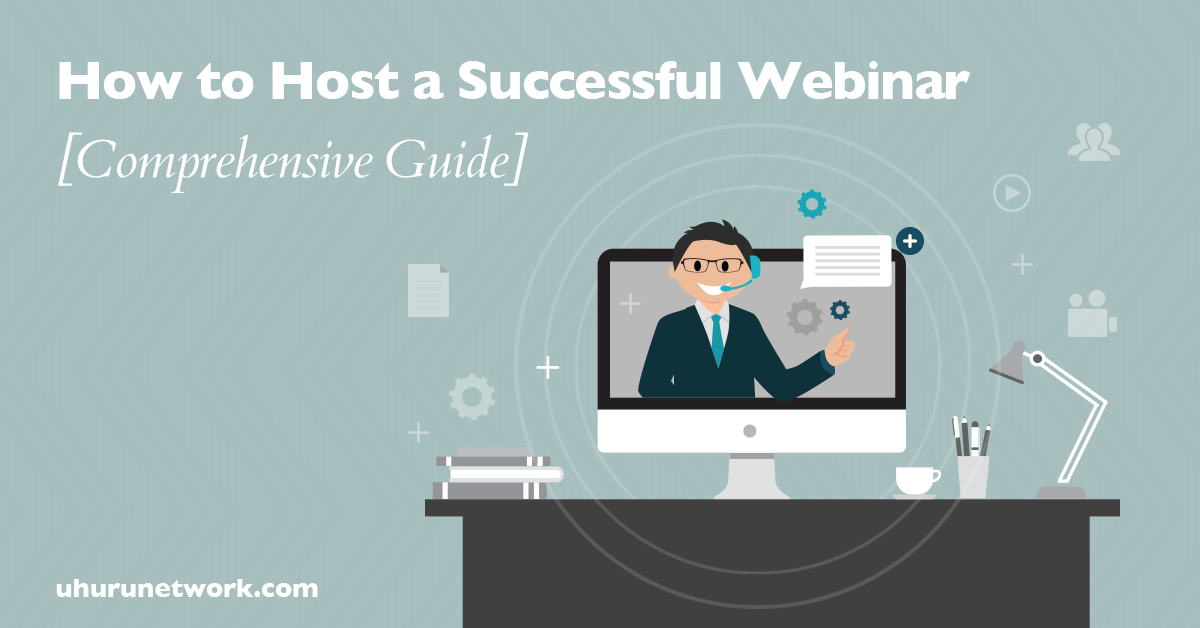 nine0071
nine0071 - This is an analogy of a blackboard: the teacher writes down the main theses and rules that will help memorize the material.
- After the session, the host usually sends the webinar recording and presentation to the participants so that they can return to the material at any time and remember the past.
- For those who plan to conduct paid or free online courses. There are webinar platforms that allow you to create beautiful branded event landing pages with an effective registration form and accept payments for courses within the service. nine0071
- Companies that provide training for employees from different cities and countries and want to avoid complex logistics and business trips of entire departments.
- Those who often hold internal meetings with remote colleagues and want to find a convenient tool for corporate meetings.
Proceed to configure WhatsApp bot in IntellectDialog
1. Connect the following providers:
Connect the following providers:
Your choice: official WhatsApp Business API, or virtualization of WhatsApp Business via ChatAPI for 1000 rubles/month and Calendly
serviceTo connect Calendly, you need to copy the "Key"
We enter it when connecting the provider in the IntellectDialog
If necessary, connect other systems if you need to interact with them: Slack, Telegram, amoCRM, Bitrix24, 1C: Fitness club or ClubIS
2. Go to the “Links” section and create a link between: Calendly and the selected WhatsApp provider.
Choose from where we receive the trigger and where we send it
Select event type in Calendly as trigger
The resulting event "Send message" will allow you to immediately send a message to WhatsApp using the received dataset from Calendly - we will choose it:
We select sending a message to WhatsApp as the resulting event. Set tag - will allow us to launch the “Auto Funnel” chat bot we need. We will add this step a little later, we will also add Slack later.
Set tag - will allow us to launch the “Auto Funnel” chat bot we need. We will add this step a little later, we will also add Slack later.
3. Go to the newly created link and open the Calendly event editing to select the calendar we need:
All our calendars from Calendly loaded automatically - select the calendar we need:
nine0003 4. Open editing the event of sending a message in WhatsApp to compose an outgoing message to the client:In the “recipient” field, select the field that we added to Calendly “Phone number” when we created our calendar for the coach.
Now compose the text of the message using the received parameters:
5. Add the following steps:
Installing a tag in WhatsApp - use it to launch a chatbot that will attach to our outgoing message and respond to client communication:
Our customized auto funnel. If necessary, it can be modified - the bundle does not need to be updated:
6. Open the Slack link step editing. In it, we will set up a message about a new record that will be sent to Slack for the fitness club service:
In it, we will set up a message about a new record that will be sent to Slack for the fitness club service:
7. Open editing the last step of the bundle - Send a message to WhatsApp. Here we will set up a message to be sent to our coach associated with this calendar:
8. It remains to launch the bundle and send a test request:
After sending a test request, you can see the history of operations in our bundle:
And details of each operation:
This is what the result looks like from the user's point of view:
From the coach's point of view:
From the point of view of the service of the fitness club:
And the most important thing is the result :)
Stay at home and don't get sick!
Webinars - what is it and how do they work. What are webinars. What does wikipedia webinar mean. nine0001
Webinar Group Editorial
March 28, 2022
2 min
In the Wikipedia online encyclopedia, a webinar is a type of web conference, an online meeting or presentation over the Internet
To put it simply: a webinar is an online learning class or corporate online meeting.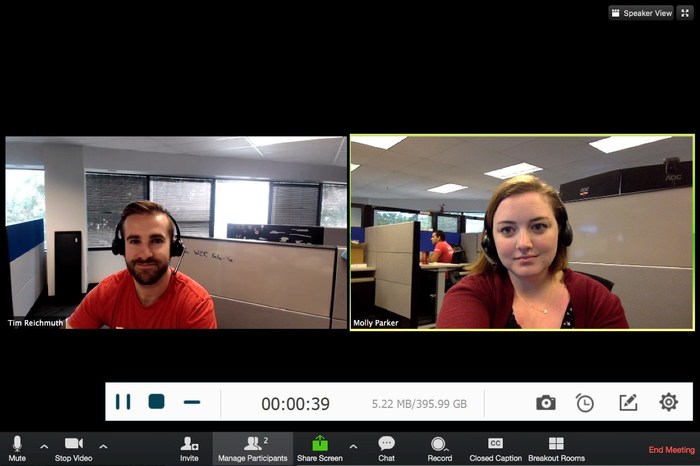 Lecture on trends in modern technology, origami master class or briefing on new equipment for remote employees - all this can be done in the format of an online webinar. nine0004
Lecture on trends in modern technology, origami master class or briefing on new equipment for remote employees - all this can be done in the format of an online webinar. nine0004
There are always two parties involved in a webinar: the presenter and the audience. Usually, the participants can see the leader, but he cannot see them. This is not surprising: if there are more than five listeners, it is difficult to see each participant. Therefore, to organize a webinar, you need a special platform: it is difficult to conduct a class for 100 people in a standard messenger with video calls.
How webinars and webinars work
For whom the webinar format is suitable
If you need more information about what a webinar means for your business and what format options are right for you, leave a request on our website - managers will contact you and give you detailed advice. nine0004
nine0004
Share on social networks:
Subscribe to the Webinar blog
Read cases and instructions for working online in the mail
By clicking on the "Subscribe" button, you accept the terms offers, agree to the processing of personal data and communication with you in the ways specified in the offer in order to fulfill the terms of the offer.
Try the new Webinar platform right now! nine0004
You will immediately be taken to the live webinar interface. You will have access to all the features of the new platform. If you have any questions, you can always call our manager directly from the webinar chat.
Surname
Company
IT specialist, looking for a solution for a company Organizer, I will organize events Member looking for an event
Company size 1-10 people 10-50 people 50-100 people 100-1000 people >1000 people nine0004
Pick a password
How often do you plan to hold webinars? I don't plan to host webinars Several times a month Several times a year One-time event Don't know
How many webinar attendees are expected? 1000+ 500-999 150-499 Less than 150 Don't know
By clicking on the "Try for free" button, you accept the terms offers, agree to the processing personal data and contacting you in the ways specified in the offer in order to fulfill the terms of the offer.


